Dead Sea Scrolls May Be Much Older Than Thought, Thanks to AI and Carbon Dating
Ancient Scrolls Get a High-Tech Time Check
The Dead Sea Scrolls—one of archaeology’s most stunning discoveries—have just received a tech-powered makeover, and the results are shaking up biblical scholarship. In a groundbreaking development, scientists using advanced Artificial Intelligence (AI) and refined carbon dating techniques have revealed that these ancient manuscripts may be centuries older than previously believed.
The finding, announced in June 2025, has the potential to rewrite portions of religious and historical timelines and deepen our understanding of Judaism and early Christianity. But how did modern technology uncover new secrets from parchments over 2,000 years old?
What Are the Dead Sea Scrolls?
Discovered in caves near the Dead Sea between 1947 and 1956, the Dead Sea Scrolls consist of thousands of parchment fragments pieced together into more than 900 manuscripts. These writings include:
- Biblical texts dating back to ancient Hebrew scriptures
- Apocryphal and sectarian manuscripts reflecting the diverse beliefs of the time
- Rules and commentaries from a Jewish sect thought to be the Essenes
Until now, the scrolls were dated mainly through paleography—the study of ancient handwriting—and radio-carbon dating, which provides time ranges. Based on this combined method, experts generally believed the scrolls were authored between 150 BCE and 70 CE.
How AI and Carbon Dating Are Changing the Timeline
The new study combines two powerful tools:
- Artificial Intelligence handwriting analysis
- Accelerator Mass Spectrometry (AMS) carbon dating
The AI component involved training neural networks to distinguish between writing styles and materials used in the scrolls. By building a database of writing patterns and their associated dates, researchers could make more accurate estimates than traditional visual analysis allows.
As for carbon dating, modern techniques allow scientists to isolate even trace amounts of carbon-14 from samples as small as a milligram—without damaging valuable scroll material.
Researchers from institutions including Tel Aviv University and the University of Groningen were involved in deploying these techniques. When applied to multiple fragments previously assumed to be contemporaneous, the results were surprising.
Key Findings From the Study:
- Some scrolls may date back to the 3rd century BCE—more than 100 years older than previous estimates.
- Handwriting analysis showed variations indicating the scrolls were written over a broader timespan than thought.
- Advanced carbon dating revealed inconsistencies between traditional paleographic dating and actual radiocarbon ages.
These breakthroughs open the possibility that some of the scrolls were authored even before the formation of key Jewish sects known from the Second Temple period, expanding the context and historical significance of the texts.
Why This Discovery Matters
The implications of these findings stretch across multiple fields:
1. Biblical Studies
If portions of the scrolls are older than previously estimated, it suggests that elements of the Hebrew Bible were already in circulation in earlier periods. This could influence:
- The dating of biblical texts
- Our understanding of textual transmission
- The role of scribes and oral tradition
2. Jewish Historical Studies
Older dating may place the origins of some ideological movements or interpretations earlier in Jewish history. For example, the writings once attributed solely to the Essenes might predate their known historical activity, raising questions about communal practices and doctrinal evolution in ancient Judea.
3. Technological Innovation in Archaeology
This marks one of the most impactful uses of AI in archaeology to date. By successfully applying machine learning to ancient handwriting, researchers have opened new avenues for:
- Dating artifacts with limited context
- Identifying forgery or scribes’ identities
- Large-scale analysis of fragmentary texts
What Comes Next in Dead Sea Scrolls Research?
The study is just the starting point. Researchers are expanding AI analysis to hundreds more fragments and integrating data on parchment provenance, ink composition, and stylistic evolution.
In the near future, this multidisciplinary approach could also assist in piecing together fragmented scrolls with unparalleled accuracy. AI might even identify “missing” texts by predicting their content from known fragments.
Furthermore, scholars plan to revisit chronology models of the Second Temple period with this new data, which could challenge long-standing assumptions about religious texts’ authorship and editing.
The Intersection of Faith, History, and Technology
As exciting as these revelations are from a scientific standpoint, they also have profound implications for people of faith. The Dead Sea Scrolls hold spiritual importance for many, providing direct links to early biblical manuscripts and interpretations.
Reevaluating their age and context invites richer dialogue between theology, history, and science. It underscores the importance of keeping an open mind as new evidence surfaces—especially when it comes from the fusion of ancient relics with cutting-edge innovation.
Conclusion: AI Gives History an Update
The idea that AI and enhanced carbon dating can turn the page on long-held historical timelines isn’t just hypothetical—it’s happening right now. The Dead Sea Scrolls, already one of the most remarkable finds of the 20th century, are once again making headlines in the 21st, thanks to a data-driven chapter of archaeological exploration.
What once required meticulous, hand-done analysis can now be powered by algorithms and machine-learning tools, producing insights unachievable just a decade ago. The past is no longer frozen in time—it’s being reevaluated with every technological leap forward.
Stay tuned as researchers continue to decode ancient scripts with modern minds, shedding light on the true age, origin, and impact of humanity’s earliest texts.
Want more updates on archaeological breakthroughs and the power of AI in science? Subscribe to our blog and never miss a new discovery.< lang="en">
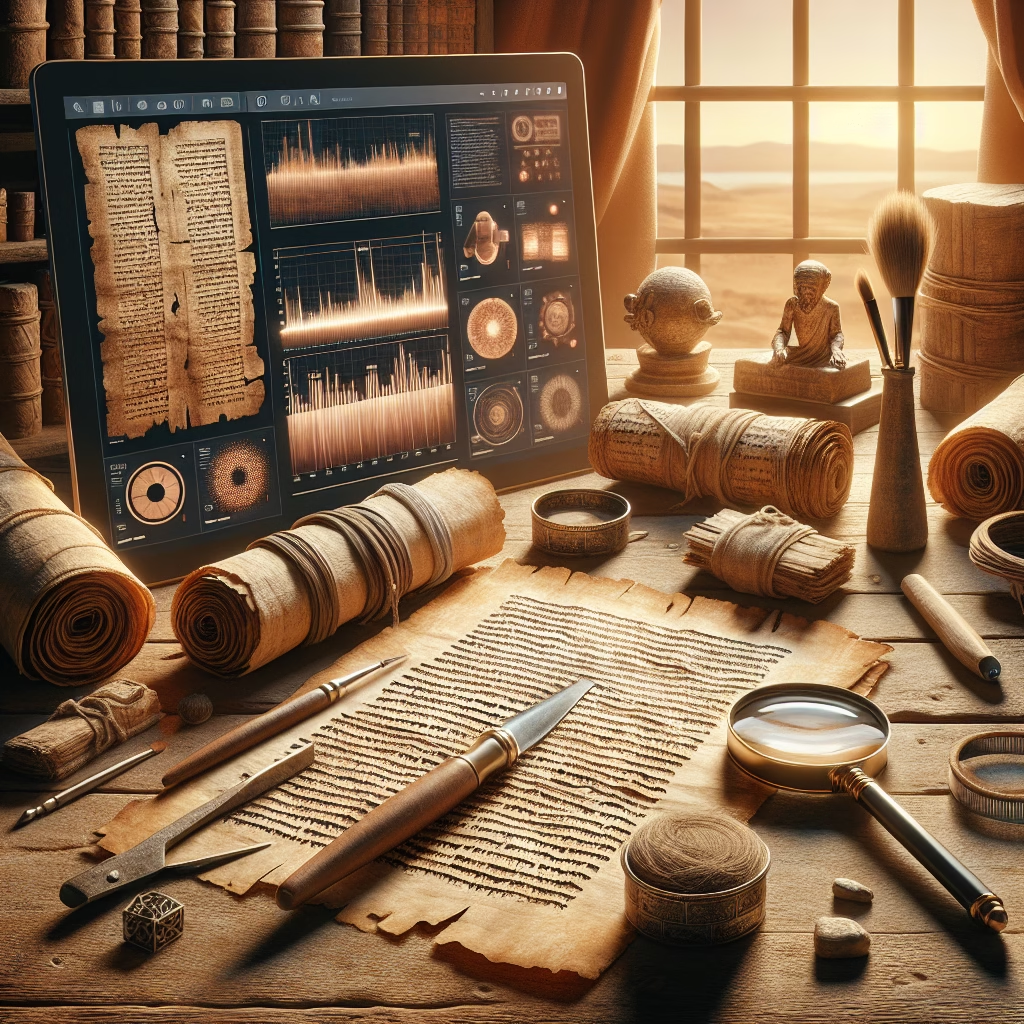


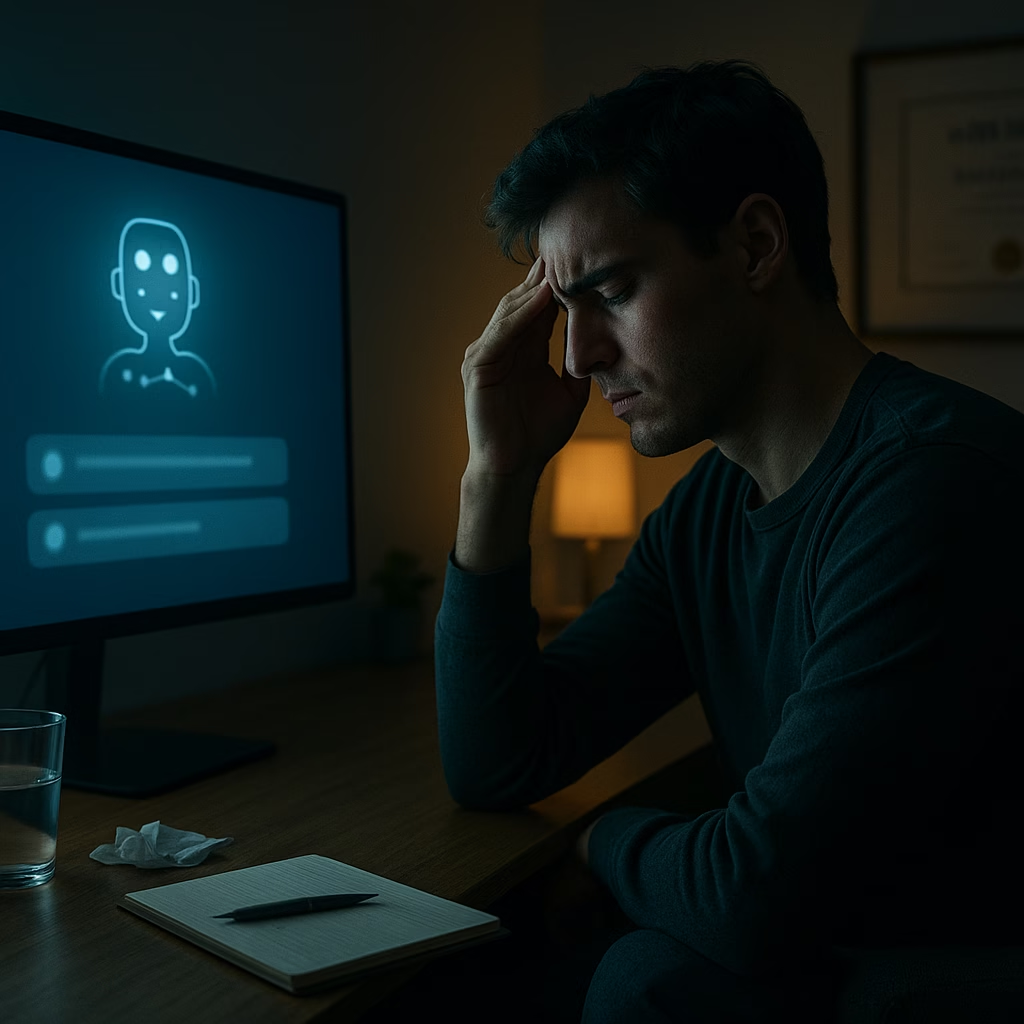
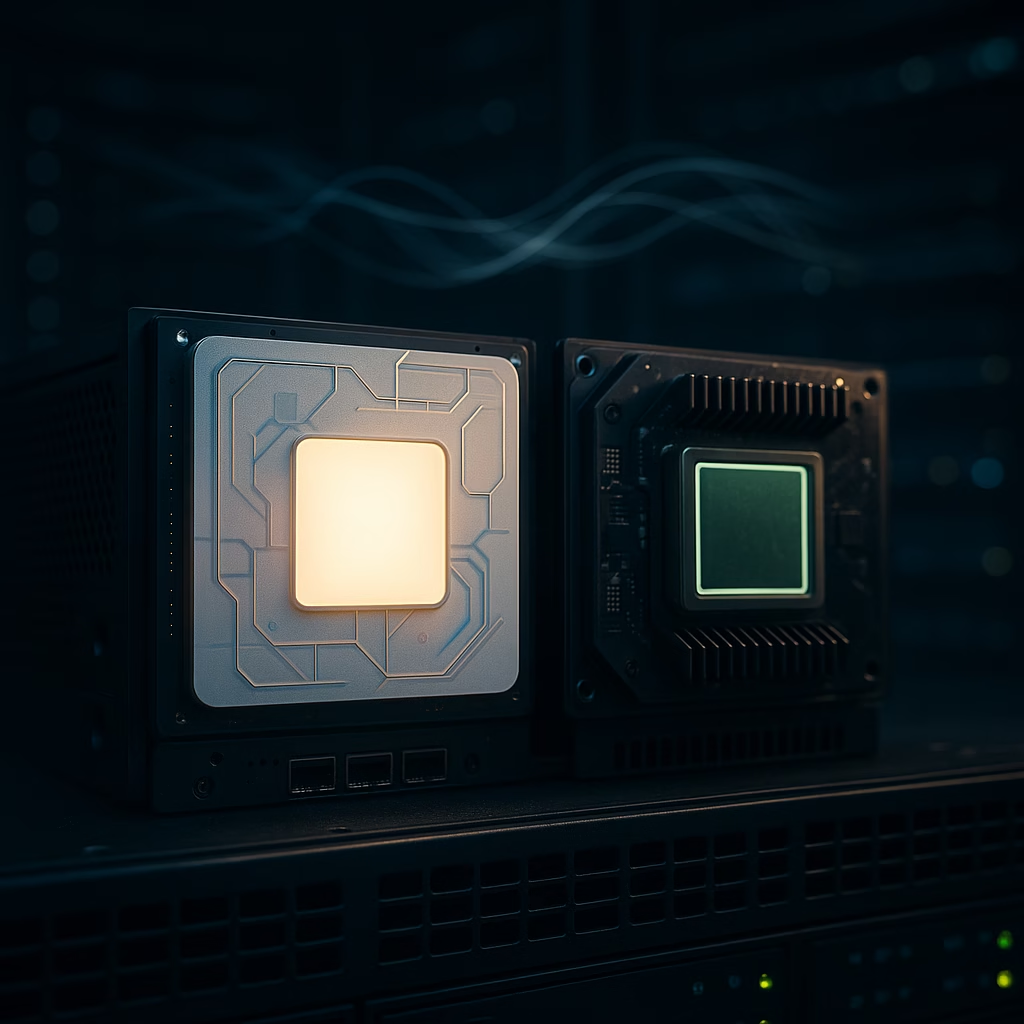
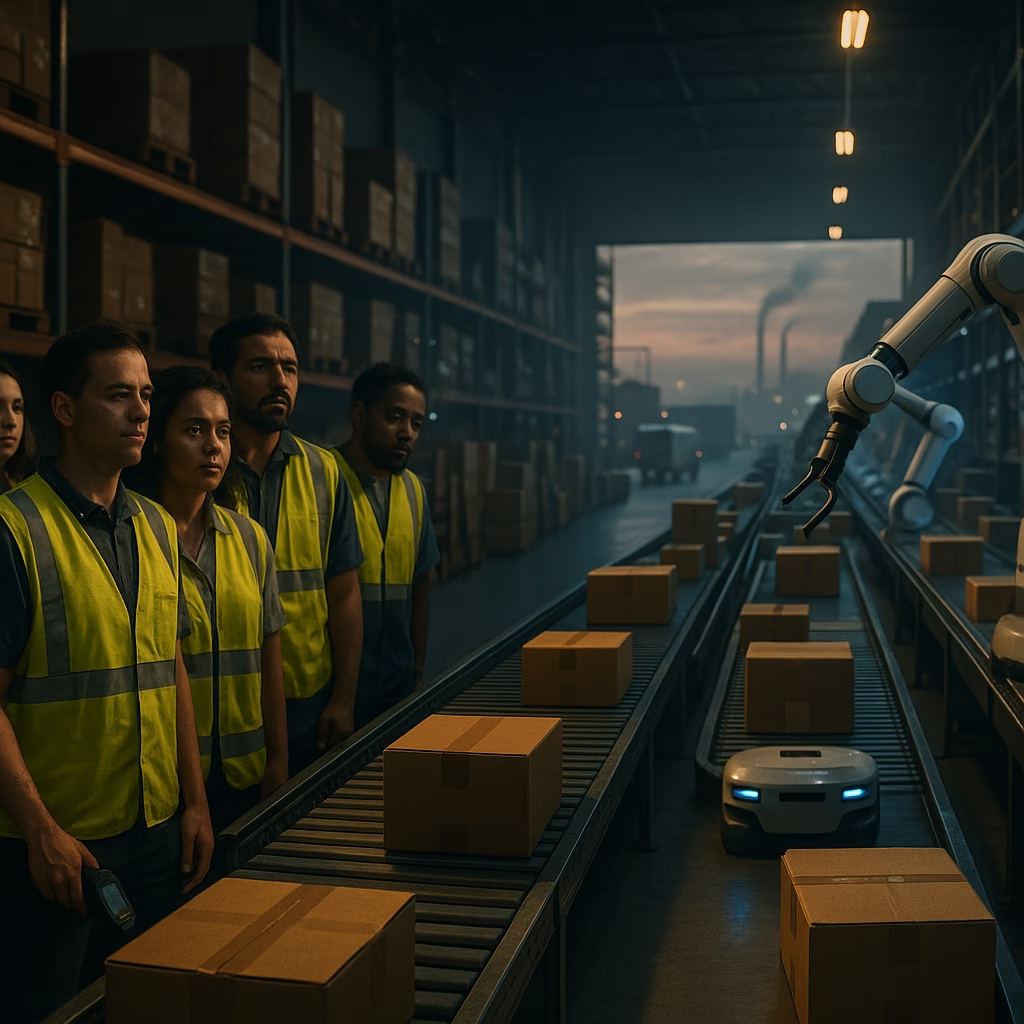
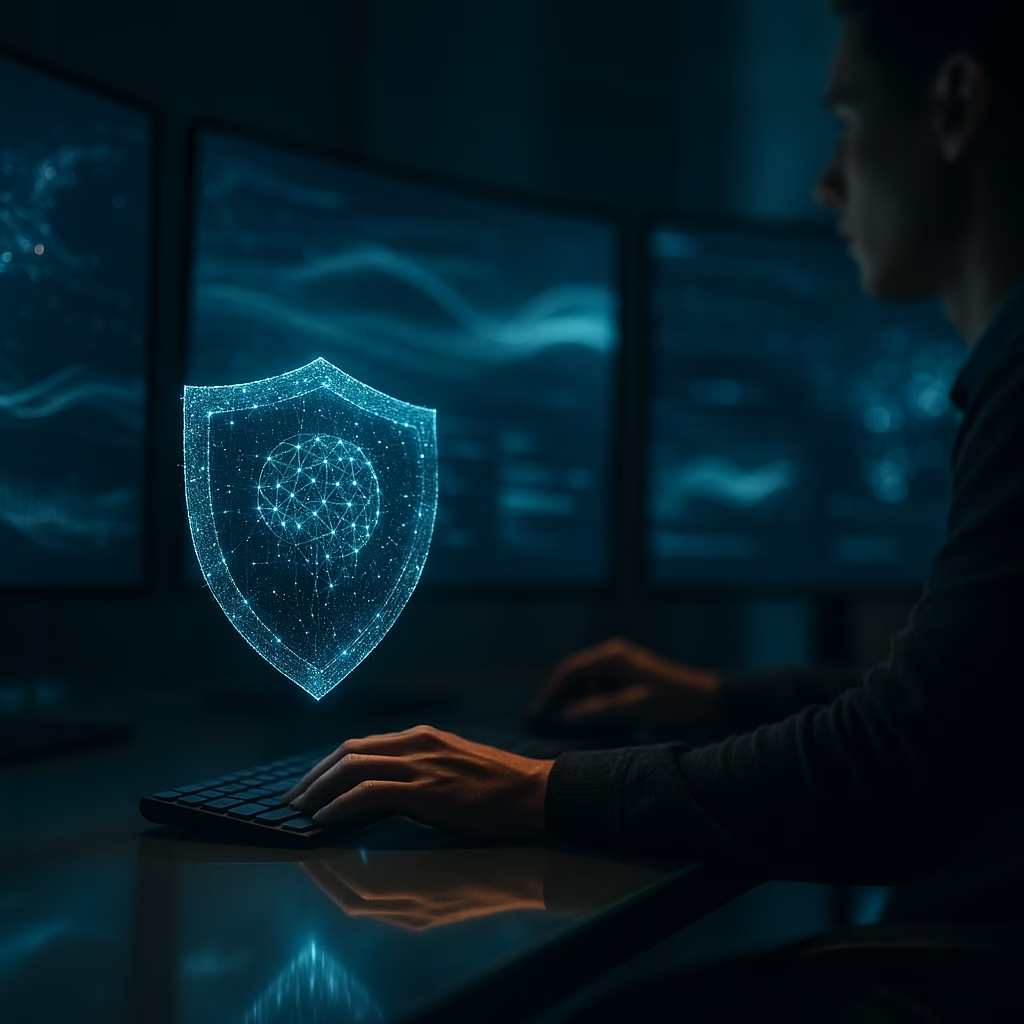
Leave a Reply